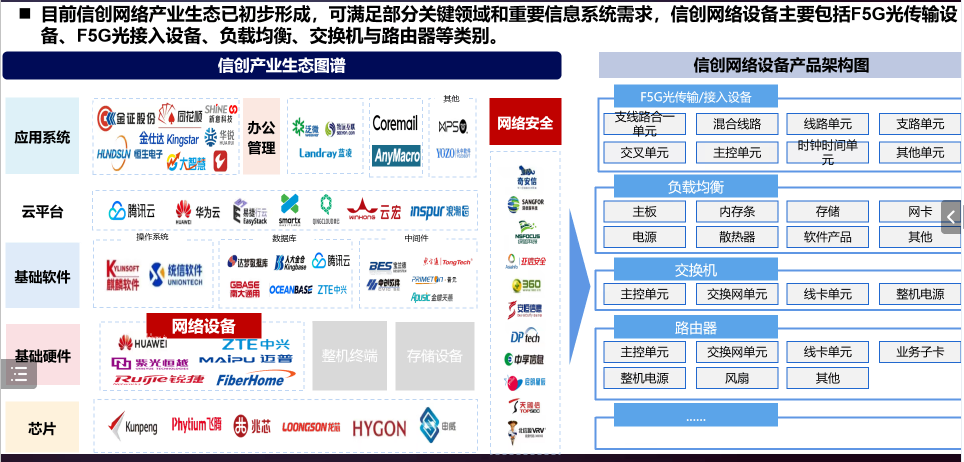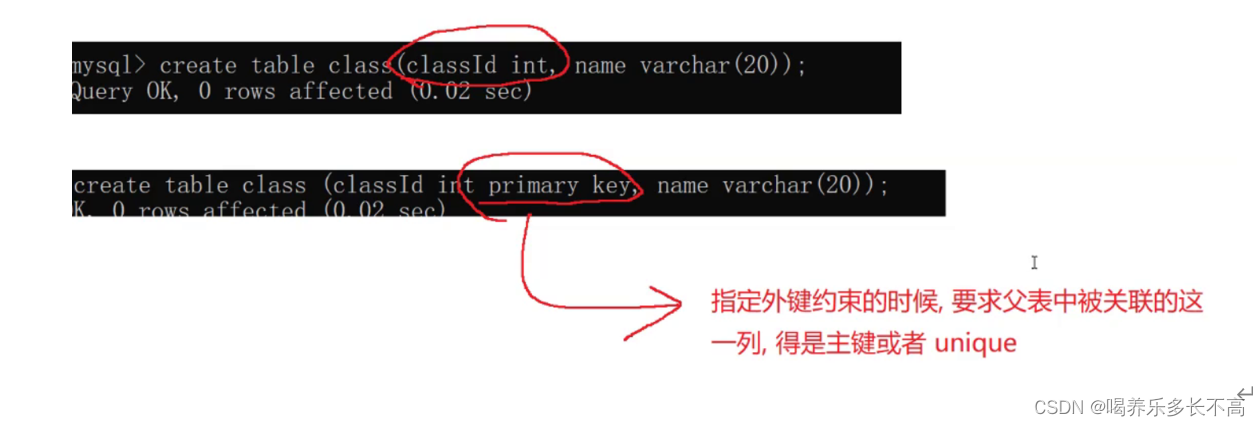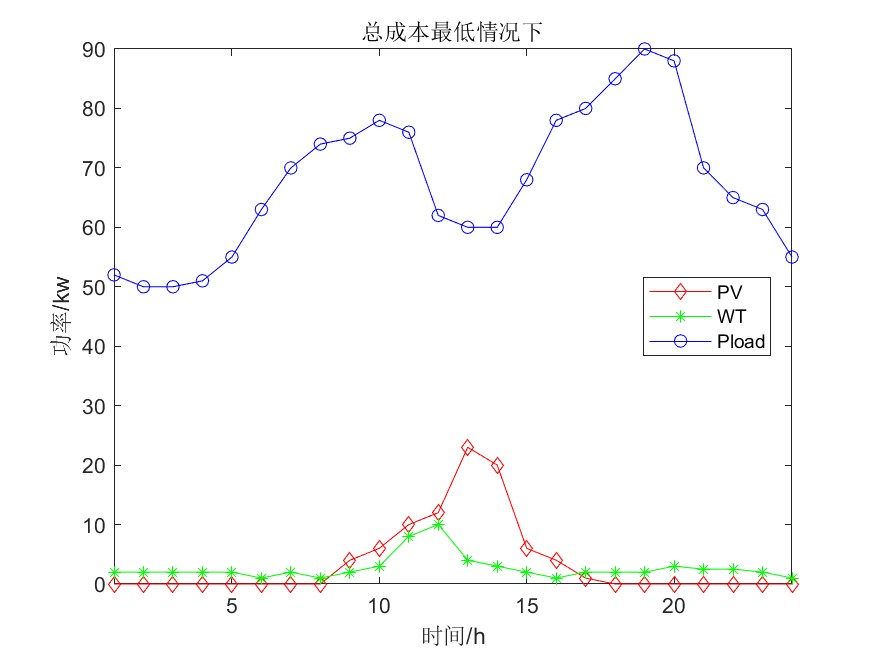Android模拟器linux内核的下载,编译,运行,内核模块开发
1.下载适合Android模拟器的内核
git clone https://aosp.tuna.tsinghua.edu.cn/android/kernel/goldfish.git
git branch -a
git checkout android-goldfish-4.14-gchips
新建一个目录存放内核源码

查看源码

编写脚本文件

使用内核镜像启动模拟器

2.linux内核模块
使用vscode打开下载下来的内核源码
添加一个源文件c

#include <linux/module.h>
#include <linux/init.h>
/**
* __init 是一个宏,表示 hello_init 是一个初始化函数
*/
static int __init hello_init(void)
{
//printk 是内核中的日志打印函数
printk("Hello world!\n");
return 0;
}
/**
* __exit 是一个宏,表示 hello_exit 是一个初始化函数
*/
static void __exit hello_exit(void)
{
printk("hello exit\n");
}
/**
* hello_init 是当前模块的启动函数
*/
module_init(hello_init);
/*
* hello_exit 是当前模块的退出函数
*/
module_exit(hello_exit);
把这段代码编译进内核,让系统内核启动就执行。
修改 /drivers/char/Kconfig,让我们这段代码模块,能在内核中编译。
增加一个配置选项,变量名是HELLO_MODULE,bool是提示信息,默认值是y,,表示在make menuconfig 启动内核的编译配置选项, 选中了 hello module support, CONFIG_HELLO_MODULE 的值是 y,没有选中值是 m:

在makefile文件中添加编译规则,hello_module.o是hello_module.c编译后的可执行文件

如果配置设置默认值是y就让hello_module.o编译进内核代码中,在内核启动就会启动执行里面的代码,如果默认值是m就不会编译到内核中,也就不会执行。
配置内核编译时的菜单选项


下面就是我们自定义的字符驱动程序了

编译内核驱动程序


打印内核日志,说明这个自定义的模块被编译到内核并且执行了

3.linux驱动开发
inux 中一切皆文件,访问硬件就是对文件的读写操作
创建三个文件,在用户态和内核态之间拷贝数据

#include <linux/module.h>
#include <linux/fs.h>
#include <linux/errno.h>
#include <linux/miscdevice.h>
#include <linux/kernel.h>
#include <linux/major.h>
#include <linux/mutex.h>
#include <linux/proc_fs.h>
#include <linux/seq_file.h>
#include <linux/stat.h>
#include <linux/init.h>
#include <linux/device.h>
#include <linux/tty.h>
#include <linux/kmod.h>
#include <linux/gfp.h>
/* 主设备 */
static int major = 0;
static char kernel_buf[1024];
static struct class *hello_class;
#define MIN(a, b) (a < b ? a : b)
/* 3. open/read/write,映射file_operations结构体 */
static ssize_t hello_drv_read (struct file *file, char __user *buf, size_t size, loff_t *offset)
{
int err;
printk("%s %s line %d\n", __FILE__, __FUNCTION__, __LINE__);
err = copy_to_user(buf, kernel_buf, MIN(1024, size));
return MIN(1024, size);
}
static ssize_t hello_drv_write (struct file *file, const char __user *buf, size_t size, loff_t *offset)
{
int err;
printk("%s %s line %d\n", __FILE__, __FUNCTION__, __LINE__);
err = copy_from_user(kernel_buf, buf, MIN(1024, size));
return MIN(1024, size);
}
static int hello_drv_open (struct inode *node, struct file *file)
{
printk("%s %s line %d\n", __FILE__, __FUNCTION__, __LINE__);
return 0;
}
static int hello_drv_close (struct inode *node, struct file *file)
{
printk("%s %s line %d\n", __FILE__, __FUNCTION__, __LINE__);
return 0;
}
/* 2. 定义file_operations */
static struct file_operations hello_drv = {
.owner = THIS_MODULE,
.open = hello_drv_open,
.read = hello_drv_read,
.write = hello_drv_write,
.release = hello_drv_close,
};
/* 4. 把file_operations结构体传给内核程序:注册驱动程序 */
/* 5. 入口函数:安装驱动程序时,调用这个入口函数 */
static int __init hello_init(void)
{
int err;
printk("%s %s line %d\n", __FILE__, __FUNCTION__, __LINE__);
//hello是驱动的名字。hello_drv要注册给驱动的结构体
major = register_chrdev(0, "hello", &hello_drv); /* /dev/hello */
//创建设备节点。
// 创建这个文件/dev/hello
hello_class = class_create(THIS_MODULE, "hello_class");
err = PTR_ERR(hello_class);
if (IS_ERR(hello_class)) {
printk("%s %s line %d\n", __FILE__, __FUNCTION__, __LINE__);
unregister_chrdev(major, "hello");
return -1;
}
device_create(hello_class, NULL, MKDEV(major, 0), NULL, "hello"); /* /dev/hello */
//通过 /dev/hello 文件节点来访问驱动程序。
return 0;
}
/* 6.退出驱动程序时,就会去调用这个出口函数 */
static void __exit hello_exit(void)
{
printk("%s %s line %d\n", __FILE__, __FUNCTION__, __LINE__);
device_destroy(hello_class, MKDEV(major, 0));
class_destroy(hello_class);
unregister_chrdev(major, "hello");
}
/* 7. 宏定义 */
module_init(hello_init);
module_exit(hello_exit);
MODULE_LICENSE("GPL");
Makefile,编译进内核,类似于app开发的build.gradle文件,指导源码如何编译成二进制可执行文件,

定义一个变量存储linux内核的源码路径
KERN_DIR = /home/android/Kernel/goldfish
目标变量all,modules表示编译我们的模块,是内核里面的一个模块,-C是指定内核的路径。M是指模块在哪里生称的位置,就是pwd当前目录下。会自动到你所指定的 dir 目录中查找模块源码。
all:
make -C $(KERN_DIR) M=`pwd` modules
obj-m += hello_drv.o
编译出.o可执行文件。
执行 ./build_driver.sh,编译出 hello_drv.ko,
编译驱动的脚本文件
#!/bin/bash
export ARCH=x86_64
export SUBARCH=x86_64
export CROSS_COMPILE=x86_64-linux-android-
export PATH=~/aosp/prebuilts/gcc/linux-x86/x86/x86_64-linux-android-4.9/bin:$PATH
make
查看设备节点是否创建

测试驱动程序读写



















